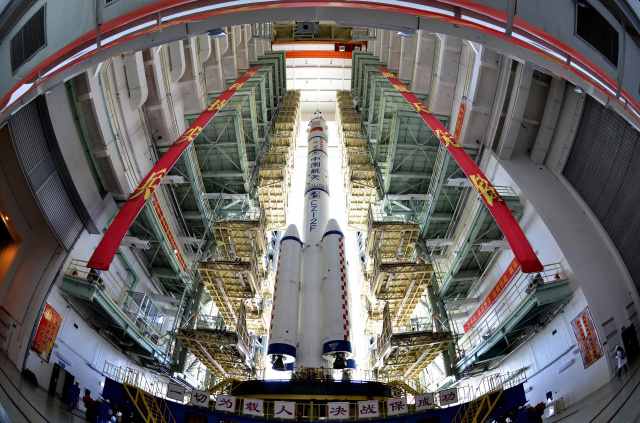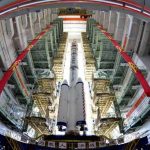China says it landed its first experimental reusable spacecraft after a two-day flight

In its continued effort to catch up with the United States, China announced on Sunday it has successfully launched and landed an experimental reusable spacecraft. Lauded the achievement as an “important breakthrough,” China state-run Xinhua news agency said the spacecraft was launched on a Long March-2F rocket from the Jiuquan launch center located in Inner Mongolia on Friday.
The spacecraft spent two days in orbit and returned to the scheduled landing site on Sunday, Xinhua said. The launch was shrouded in secrecy and said to be more secretive than the US Air Force’s X-37B, which has already completed a handful of missions.
Xinhua said the development of reusable spacecraft that could provide a cheaper, more convenient solution for the “peaceful use of space.” In other words, it might lower the costs of delivering payloads into space and allow for quicker turnaround times. Reusable spacecraft is seen as a way of reducing the cost of space travel.
This launch is similar to another breakthrough by a Chinese private space startup Linkspace after it completed its third vertical takeoff and landing (VTVL) rocket test in September 2019. It was part of the company’s effort in its development of a recyclable orbital rocket in Septemeber 2019. The rocket reached a new height of 300 meters before landing steadily and accurately at the designated area.
Last year, China also became the first country to land a spacecraft on the so-called dark side of the moon. Just 3 months ago, China completed its Beidou satellite system which is seen as a rival to the U.S. government-owned Global Positioning System (GPS). And in July, China launched its first solo mission to Mars.




